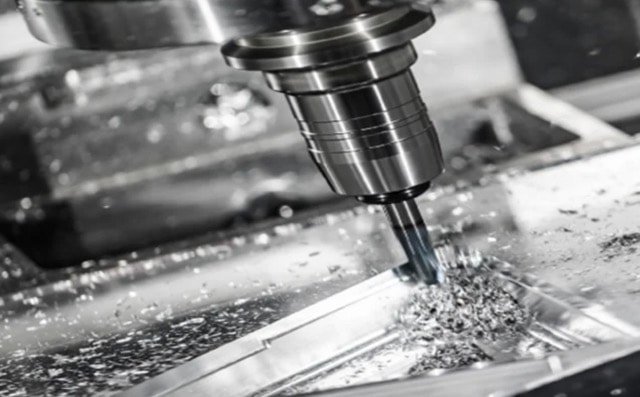CNC water jet cutting is a precise method of cutting materials using a high-pressure jet of water.
How Does CNC water jet cutting Work?
CNC water jet cutting uses a high-pressure stream of water, often mixed with abrasive materials, to cut through various materials with precision. This method is controlled by a computer numerical control (CNC) system that ensures accuracy and repeatability.
Key Components and Process:
- High-Pressure Pump: Generates water pressure up to 60,000 psi.
- Mixing Chamber: Water is mixed with abrasive materials like garnet.
- Nozzle: The high-speed jet of water and abrasive is expelled through a tiny orifice.
- Điều khiển CNC: The computer system directs the nozzle along the predefined cutting path.
Ứng dụng:
- Metal Fabrication: Cutting steel, aluminum, and other metals.
- Stone and Tile Cutting: Creating intricate designs in marble and granite.
- Automotive Industry: Producing precise parts and components.
- Aerospace: Cutting materials without affecting structural integrity.
CNC water jet cutting is favored for its ability to cut complex shapes without generating heat, thus preserving the material’s properties.
What are the advantages of water jet cutting?
Water jet cutting offers precision, versatility, and material preservation in manufacturing processes.
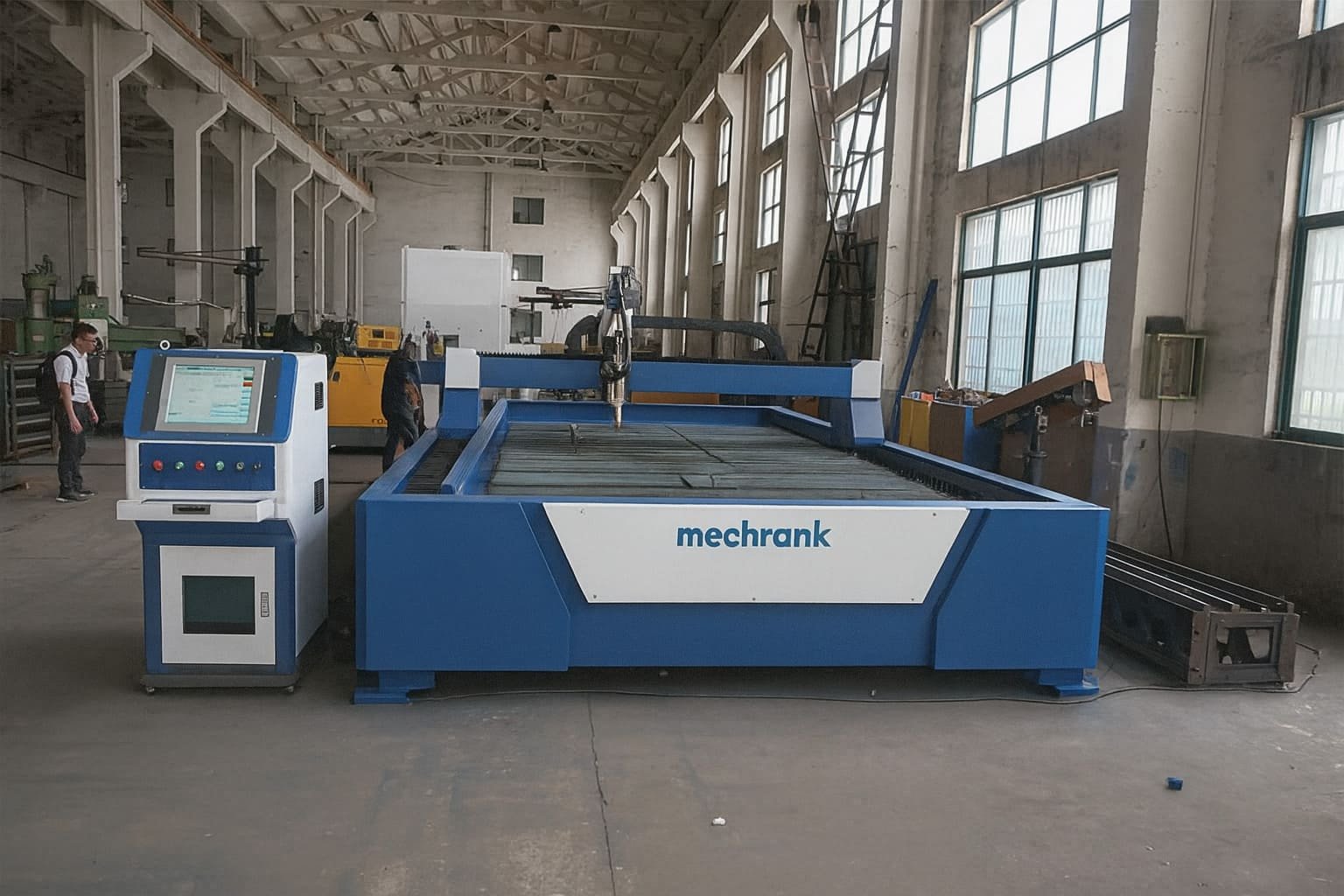
Key Advantages:
- Precision Cutting: Water jet cutting provides highly accurate cuts with minimal tolerances, making it suitable for intricate designs.
- Tính linh hoạt: This method can cut a wide range of materials including metals, composites, glass, and ceramics.
- No Heat-Affected Zones (HAZ): It eliminates thermal distortion and material weakening as no heat is generated during the cutting process.
- Environmentally Friendly: Uses water and abrasive materials, reducing harmful emissions compared to other cutting technologies.
- Minimal Material Waste: The narrow kerf width results in less material being wasted, promoting cost-efficiency.
Water jet cutting is essential for industries requiring precision and quality without compromising material integrity.
What are the disadvantages of water jet cutting?
Water jet cutting has limitations like high operational costs and slower cutting speeds compared to other methods.

Operational Costs
Water jet cutting requires specialized equipment and high-pressure pumps, leading to increased maintenance and operational costs. Additionally, abrasive materials used in the process add to the overall expenses.
Slower Cutting Speeds
When compared to laser or plasma cutting, water jet cutting is generally slower, particularly for thicker materials. This can lead to longer production times and reduced efficiency.
Limited Material Thickness
While water jet cutting is versatile, it struggles with materials exceeding a certain thickness. Beyond this limit, the precision and effectiveness decrease substantially.
Environmental Concerns
The process produces a significant amount of wastewater that requires proper disposal. Improper disposal can lead to environmental issues, making it less sustainable.
Edge Quality
Although water jet cutting offers clean cuts, the edges may require further finishing for smoothness, adding to the post-processing time and cost.
Is Water Jet Cutting Cheaper than Laser Cutting?
Yes, water jet cutting is generally cheaper than laser cutting.

Cost Comparison
Water jet cutting typically incurs lower initial setup and operational costs due to its simpler technology. Here’s a breakdown of factors influencing costs:
- Equipment Costs: Water jet machines are usually less expensive to purchase and maintain than laser cutters.
- Material Flexibility: Water jets can cut a variety of materials without changing settings, reducing downtime and costs.
- Operational Costs: Water jets use water and abrasive materials, which are often less expensive than the gases and electricity required for laser cutting.
Application Scenarios
- Water Jet Cutting: Ideal for thick and heterogeneous materials like metal composites, ceramics, and stone.
- Laser Cutting: Best for precise cuts on thin, homogeneous materials like metals and plastics, offering high-speed and high-precision results.
While both methods have unique advantages, water jet cutting is generally more cost-effective, especially for thicker and varied materials.
How big is the waterjet cutting machine market?
The global waterjet cutting machine market is projected to reach approximately USD 2.5 billion by 2025.
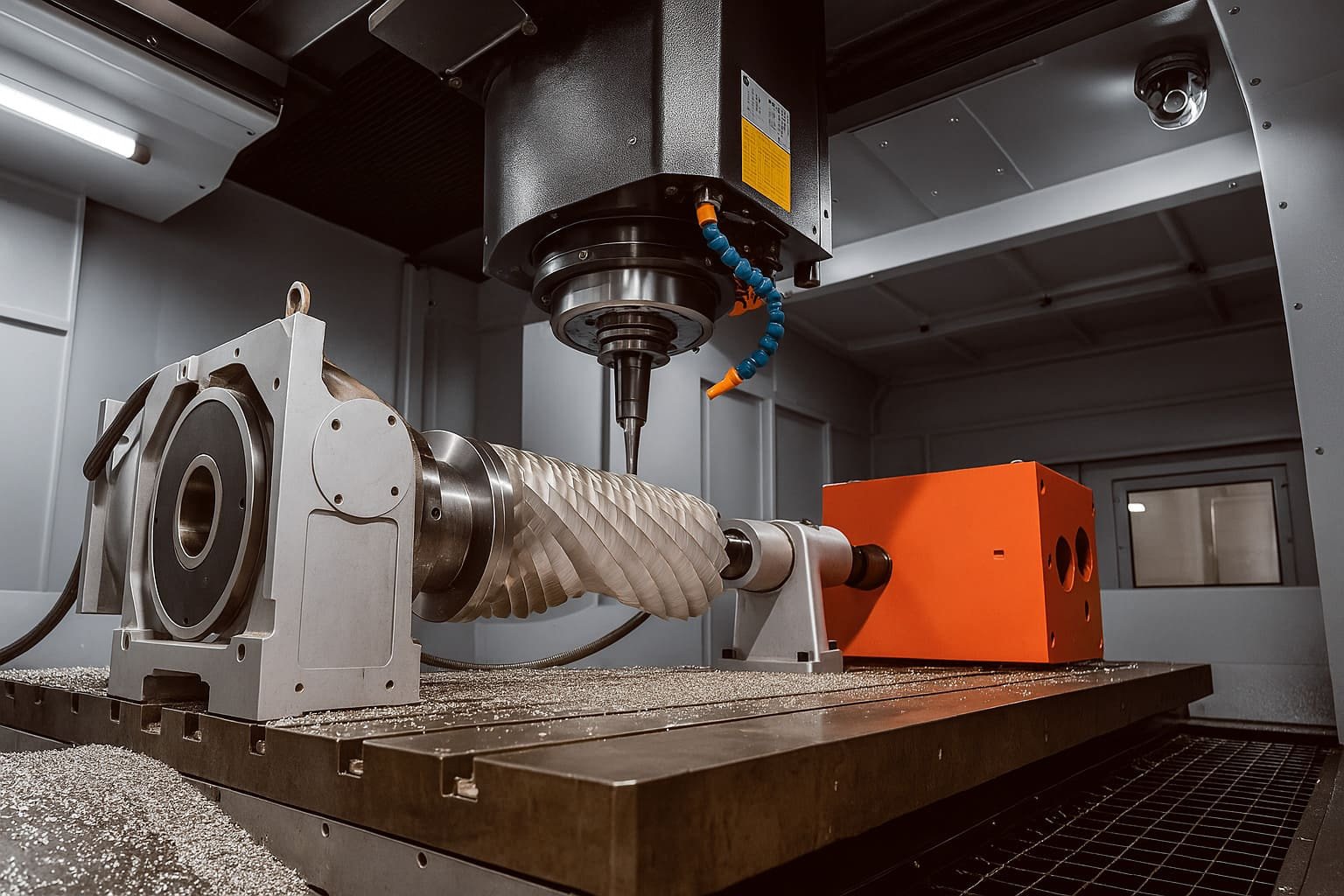
Market Overview
Waterjet cutting machines are widely used in industries like automotive, aerospace, and manufacturing. Their precision and ability to cut without heat-affected zones make them highly desirable.
Key Drivers
- Industrial Growth: Increasing demand for high-precision cutting in manufacturing.
- Technological Advancements: Improvements in efficiency and capabilities of waterjet cutting machines.
- Environmental Concerns: Adoption of eco-friendly cutting technologies.
Market Segmentation
- By Type: Pure Waterjet, Abrasive Waterjet.
- By Application: Automotive, Aerospace, Electronics, Metal Fabrication, Others.
- By Region: North America, Europe, Asia-Pacific, Latin America, Middle East & Africa.
Future Trends
- Automation: Integration with robotic systems for enhanced productivity.
- Material Diversity: Expanding applications in cutting diverse materials like composites and ceramics.
- Sustainability: Focus on reducing water and energy consumption.
The waterjet cutting machine market is experiencing significant growth due to technological advancements and increasing industrial applications.
How much does a CNC waterjet cost?
A CNC waterjet typically costs between $50,000 and $300,000, depending on features and specifications.
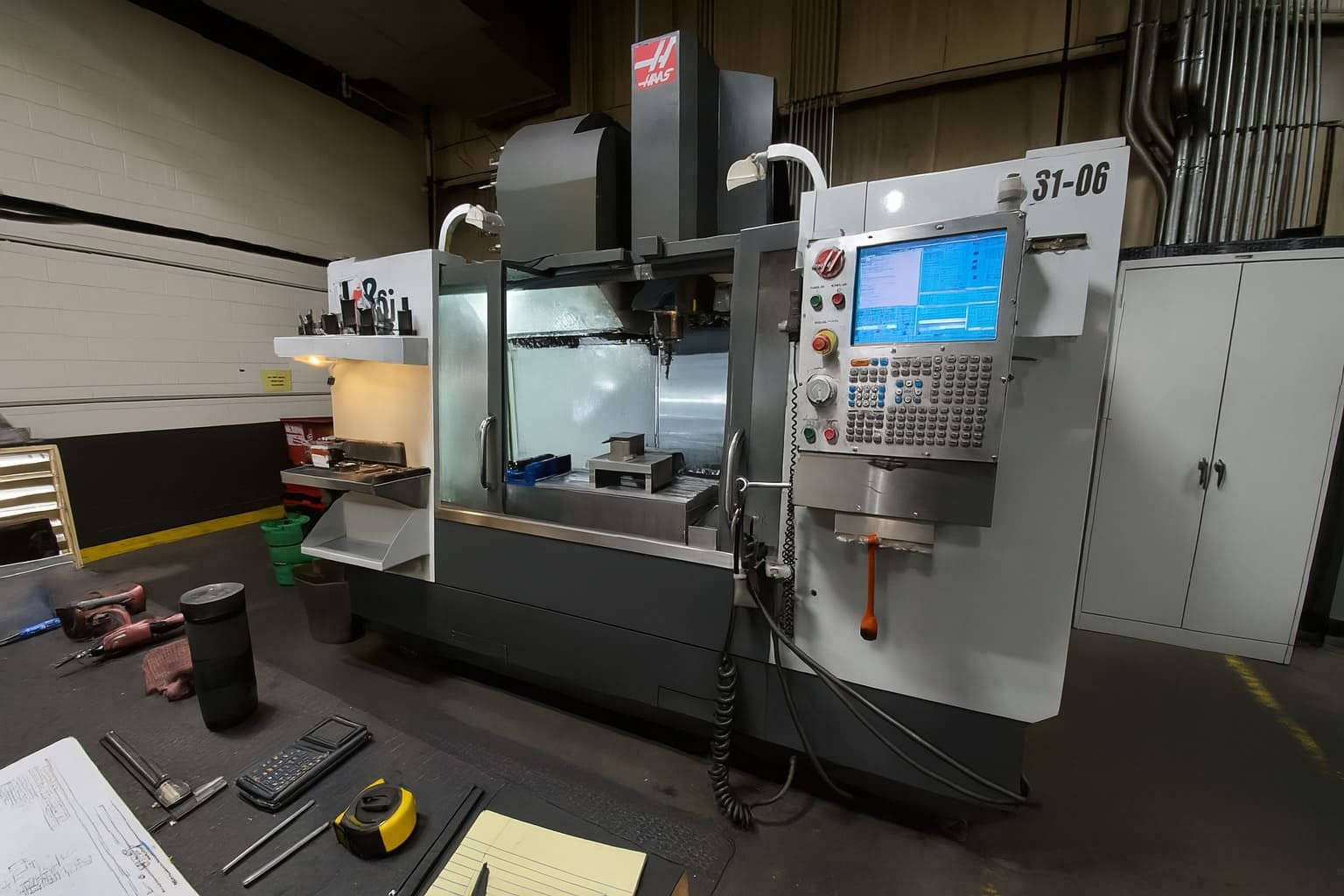
Factors Influencing CNC Waterjet Cost
- Machine Size: Larger machines cost more due to increased material and production complexity.
- Pump Pressure: Higher pressure pumps, which cut faster and more precisely, can significantly add to the cost.
- Software and Control System: Advanced software for precise control and automation increases the overall price.
- Additional Features: Options like multiple cutting heads, abrasive removal systems, and water recycling units elevate the cost.
Investing in a CNC waterjet involves considering machine size, pump pressure, software capabilities, and additional features to meet specific cutting requirements efficiently.
Why are water jet cutters so expensive?
Water jet cutters are expensive primarily due to their advanced technology and precision capabilities. They use high-pressure water streams, sometimes mixed with abrasive materials, to cut through a wide variety of materials with extreme accuracy.
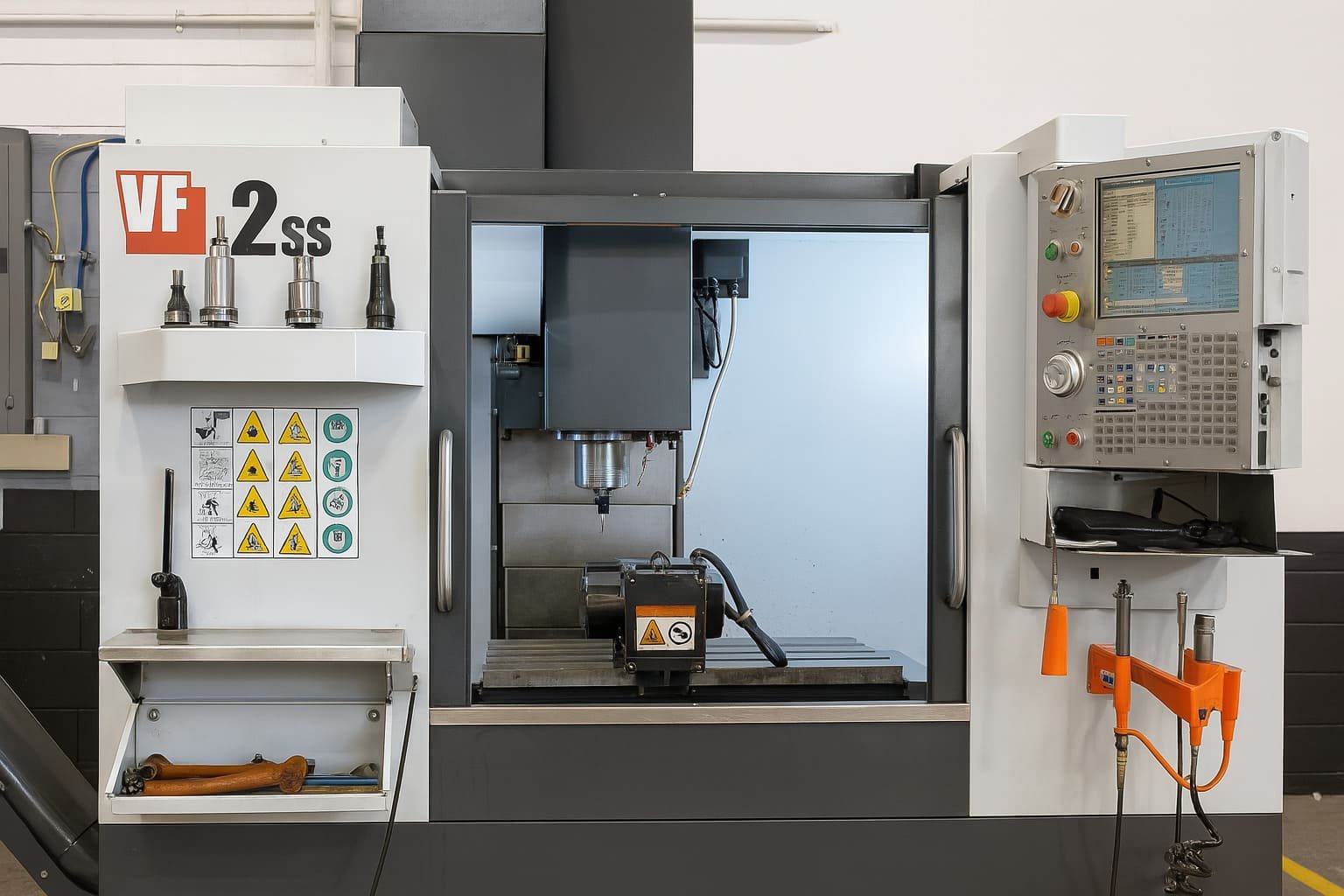
Key Factors Contributing to Cost:
- High-Pressure Pump System: Essential for generating the water jet, these pumps often operate at pressures exceeding 60,000 PSI.
- Abrasive Materials: Often garnet, these materials are costly and necessary for cutting harder substances like metal and stone.
- Precision Engineering: The machinery requires precise engineering to maintain accuracy, often within thousandths of an inch.
- Maintenance and Consumables: Regular upkeep and replacement parts for nozzles, seals, and other components add to the operational costs.
- Software and Control Systems: Advanced software for controlling the cutter’s movements and ensuring precision also contributes to higher prices.
These factors collectively make water jet cutters a significant investment, justified by their versatile and precise cutting capabilities in industrial applications.
How thick of material can a water jet cut?
A water jet can cut through materials up to 12 inches (about 30 centimeters) thick. The actual thickness it can handle depends on the type of material being cut and the specific water jet system used.
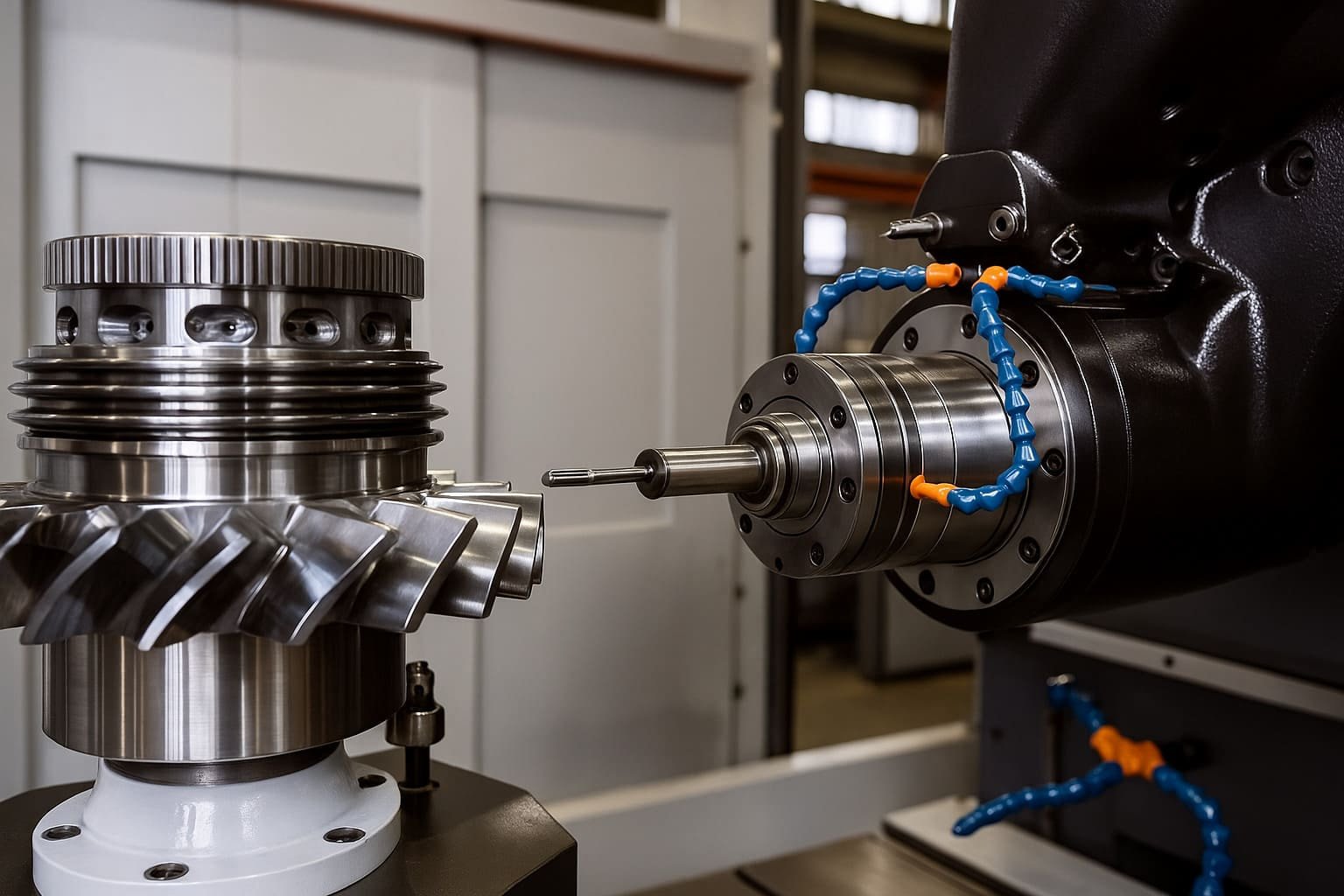
Material Types and Thickness
- Metals: Up to 12 inches, including steel and aluminum.
- Stone and Ceramics: Typically up to 10 inches.
- Glass and Plastics: Generally up to 6 inches.
Factors Influencing Cutting Thickness
- Pressure: Higher pressure allows for thicker materials.
- Abrasive Use: Adding abrasives like garnet can enhance cutting capability.
- Nozzle Size: Larger nozzles can cut thicker materials but may reduce precision.
- Material Density: Denser materials require more power and may reduce maximum thickness.
Understanding these variables helps in optimizing the water jet cutting process for different applications and materials.

